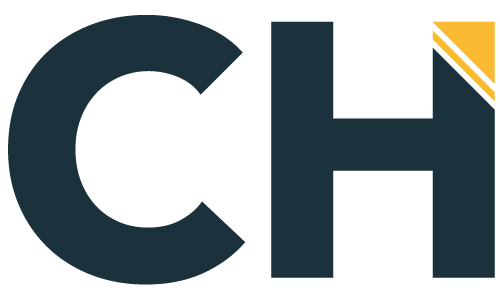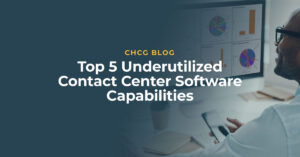Quality assurance in a factory examines the product that is being sold – is the product functioning the way it is supposed to? The same concept of quality assurance is applied to the contact center industry and can heavily impact the customer experience. From the minute a customer is interacted with, they are expecting to receive the highest quality service and fast resolution to their issues. Think back to your most recent customer service experiences? Which experiences have stood out in a good way? What about the poor experiences? Do you ever have experiences with companies that are just consistently bad? That is why it is crucial to have quality assurance standards and metrics in place as indicators of success and identifiers of opportunity. There is plenty of great QA software out there, but the basics require that you start with solid quality assurance metrics.
So, what does that look like?
A successful company that delivers an excellent customer experience will undoubtedly have a solid Quality Assurance program for their entire customer service department, including their contact center. Here is a quick list of traditional contact center metrics that should be considered by your QA team:
- Service level/Average speed of answer (ASA)
- Average handle time (AHT)
- First call resolution
- CSAT scores
Service Level
This metric varies widely with each company and industry, but is incredibly important. How many of your calls are being serviced in a set amount of time? For example, some companies may have a service level of 80/30. This means that their goal is to answer 80% of calls in 30 seconds or less. Is your contact center meeting its service level goals? If not, would it be beneficial to implement an IVR to improve service levels?
Average Handle Time
This refers to how long it takes your agents to complete a call. If you notice that AHT has increased significantly or is rising gradually, it should alert your Quality Assurance team to research calls and see why AHT h as increased. Increasing efficiencies and reducing AHT can save your companies hundreds of thousands of dollars, so it is definitely worth a look.
First Call Resolution
Do your callers have all their issues resolved or do you see that they need to call back several times? When your customers have to call back repeatedly for a single issue, it can be off-putting and can potentially cause you to lose business. Improving first call resolution can increase customer satisfaction and loyalty which is a win-win situation for both you and your customer.
CSAT Score
The Customer Satisfaction Score (CSAT) is similar to holding a large mirror in front of your customer service department. It paints a picture of what is working and what is not—the survey scores are an important source of data that your QA team should consider.
In conclusion, traditional QA metrics still matter! It is easy to be dazzled by the latest technology out there, but if you are not following the right metrics for your company then your technology is pointless. If you need support in figuring out your contact center strategy and optimizing your operations, please do not hesitate to give us a call at 218-286-4006 or contact us here for a free proposal!




